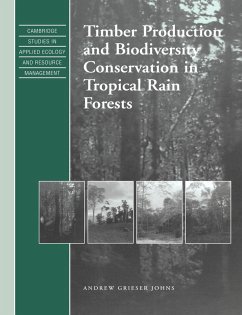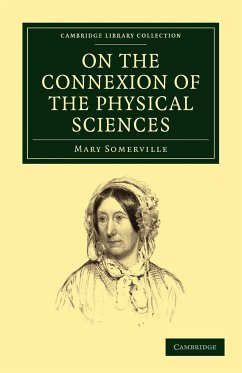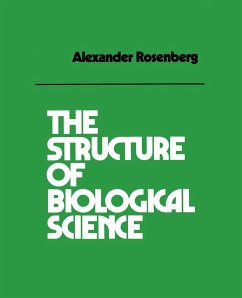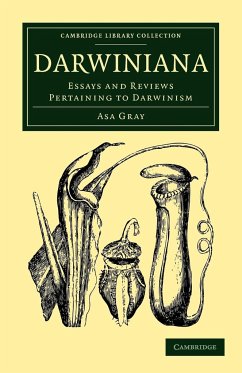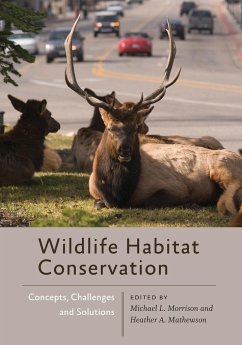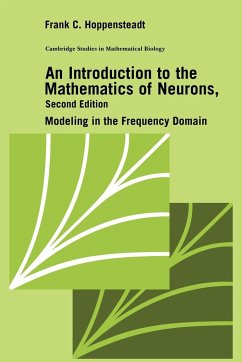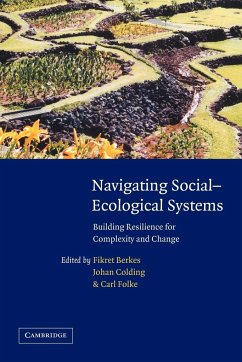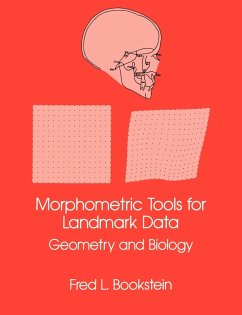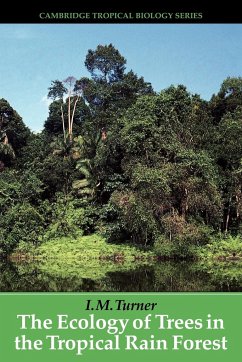
Reproductive Science and Integrated Conservation
Versandkostenfrei!
Versandfertig in 1-2 Wochen
119,99 €
inkl. MwSt.
Weitere Ausgaben:

PAYBACK Punkte
60 °P sammeln!
Reproduction is essential to the continuation and evolution of life on this planet and is therefore a centrally important process in the conservation of wildlife. However, reproductive mechanisms are well understood in only a handful of vertebrate species, mostly domestic livestock and laboratory animals. This means that attempts to develop and implement management policies for wildlife conservation, and especially for endangered species that, by definition, are difficult to study, are often based on poor data or no data at all. In Reproductive Science and Integrated Conservation leading autho...
Reproduction is essential to the continuation and evolution of life on this planet and is therefore a centrally important process in the conservation of wildlife. However, reproductive mechanisms are well understood in only a handful of vertebrate species, mostly domestic livestock and laboratory animals. This means that attempts to develop and implement management policies for wildlife conservation, and especially for endangered species that, by definition, are difficult to study, are often based on poor data or no data at all. In Reproductive Science and Integrated Conservation leading authorities provide glimpses of reproductive diversity in fishes, amphibia, reptiles, birds and mammals. Conservation plans are founded on the assumption that reproduction will be successful, but what if it fails? This book reviews the many factors that influence reproduction, including genetics, behaviour and nutrition, and experts assess the potential conservation relevance of the recent rapid advances in reproductive technology and medicine.





